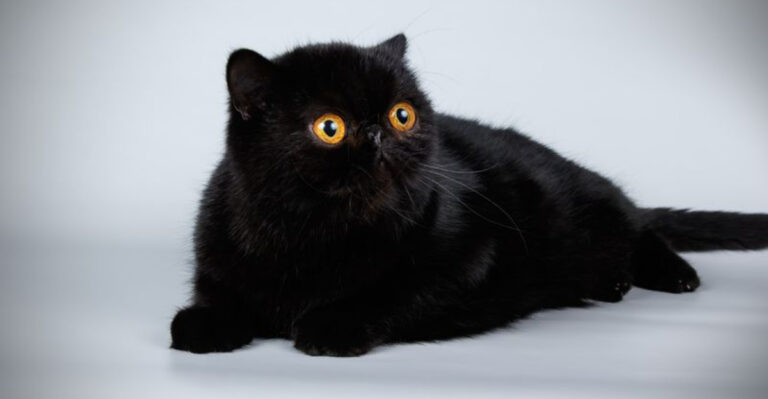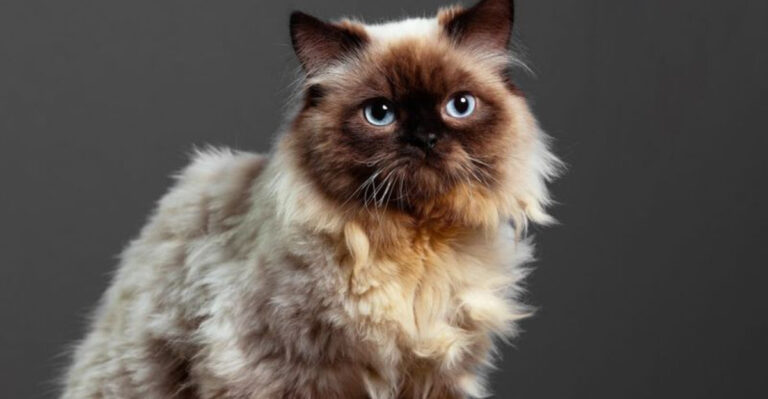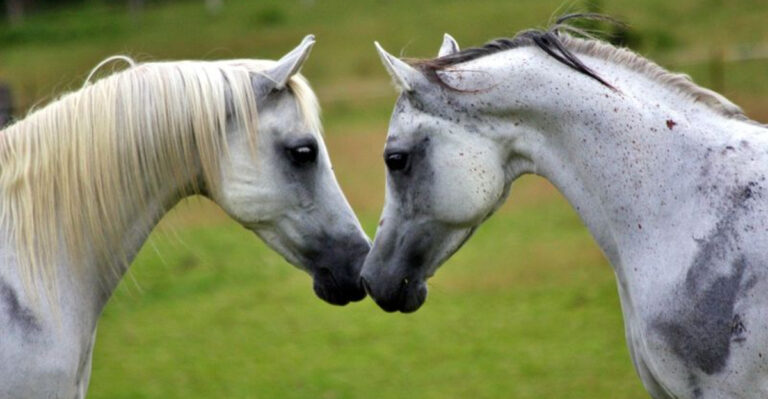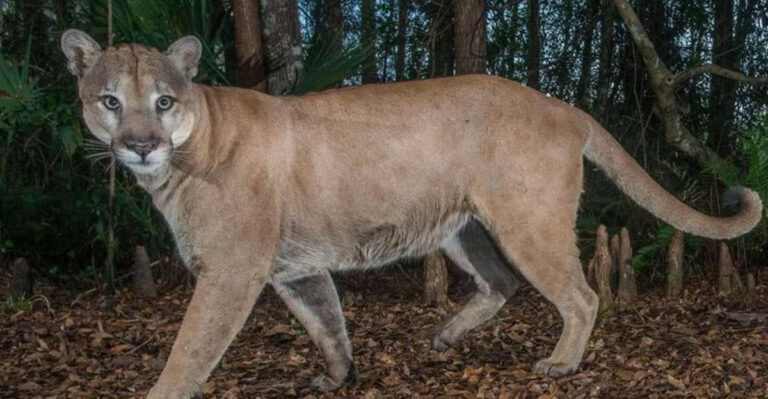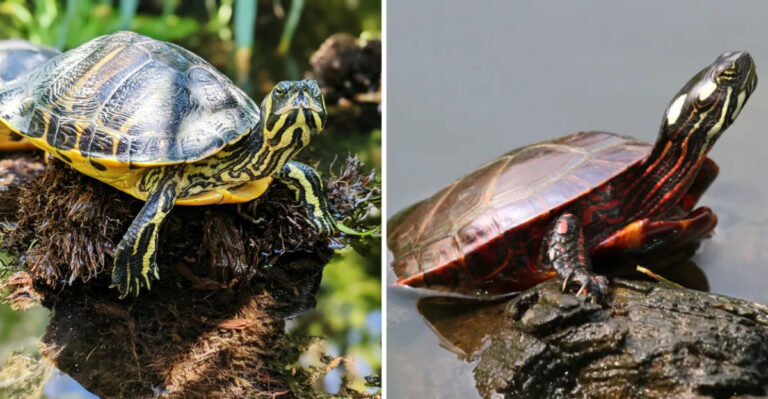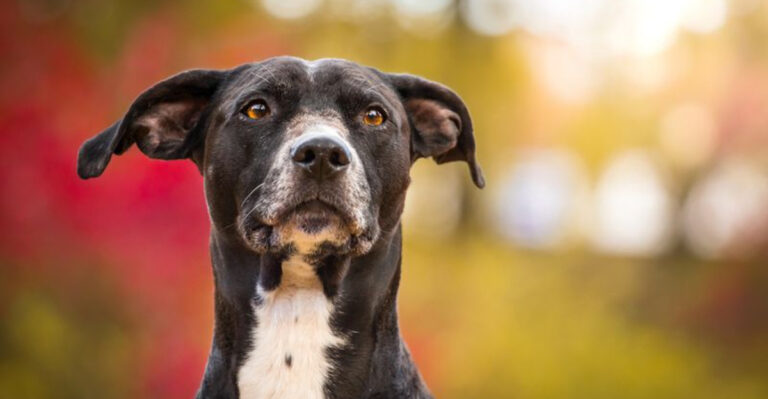12 Things You Didn’t Know Animals Could Feel
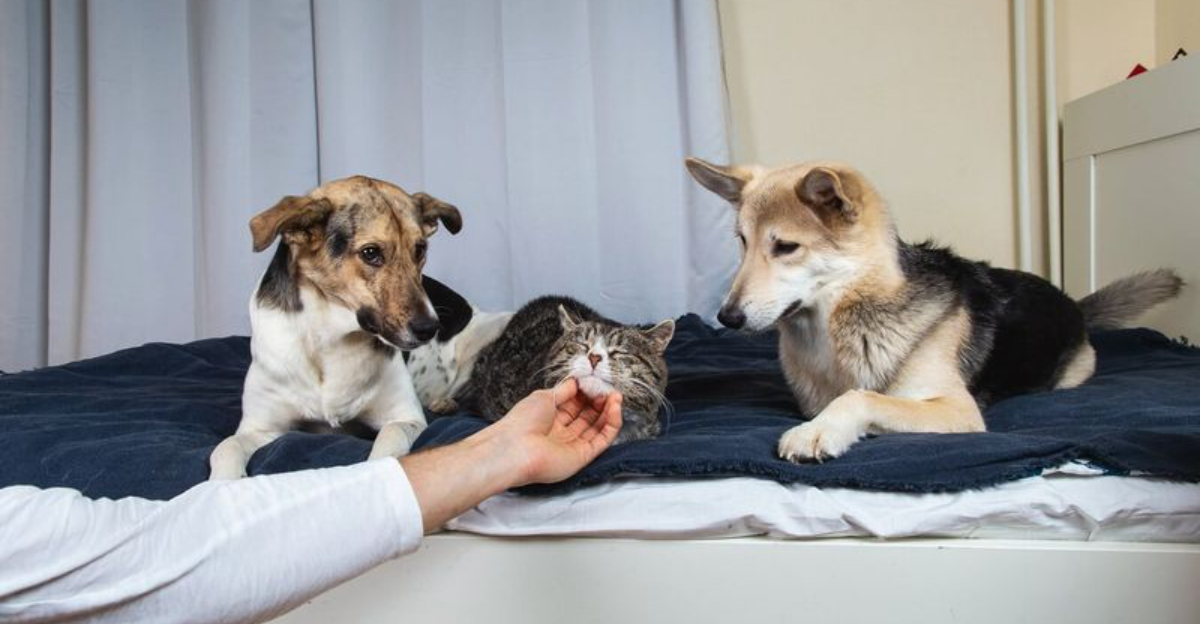
Animals experience a much richer emotional life than most of us realize. For centuries, scientists dismissed the idea that non-human creatures could have complex feelings, but research has dramatically changed this view.
Modern studies reveal that animals process emotions in ways surprisingly similar to humans, using many of the same brain structures and chemicals. Get ready to be amazed by these unexpected emotional capacities of our fellow creatures on Earth.
1. Grief That Lingers
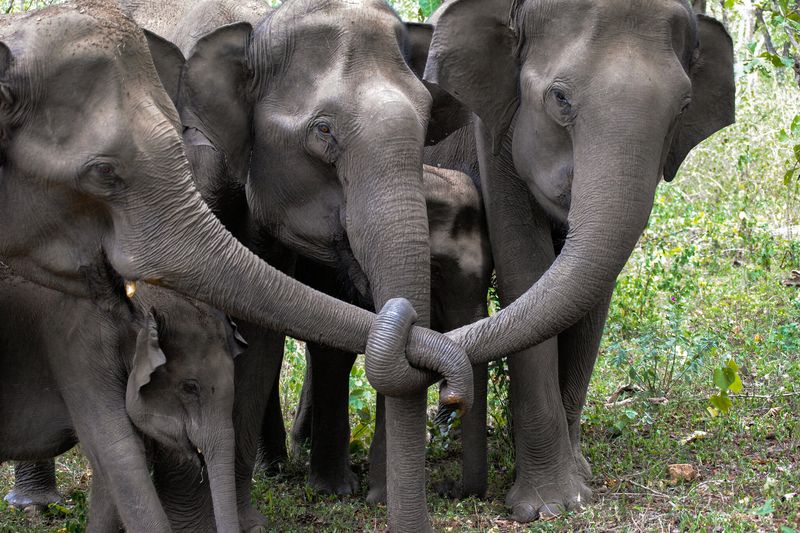
Elephants hold funeral-like gatherings when they encounter the bones of their dead. They’ll gently touch the remains with their trunks, sometimes carrying small bones away with them. This behavior continues for years after a herd member’s death.
Scientists have observed mother elephants carrying deceased calves for days or even weeks, seemingly unable to accept the loss. Other herd members often stay close, providing what appears to be emotional support.
Similar mourning behaviors have been documented in dolphins, primates, and even some birds. These animals recognize death and experience emotional responses that look remarkably like human grief.
2. Embarrassment That Flushes
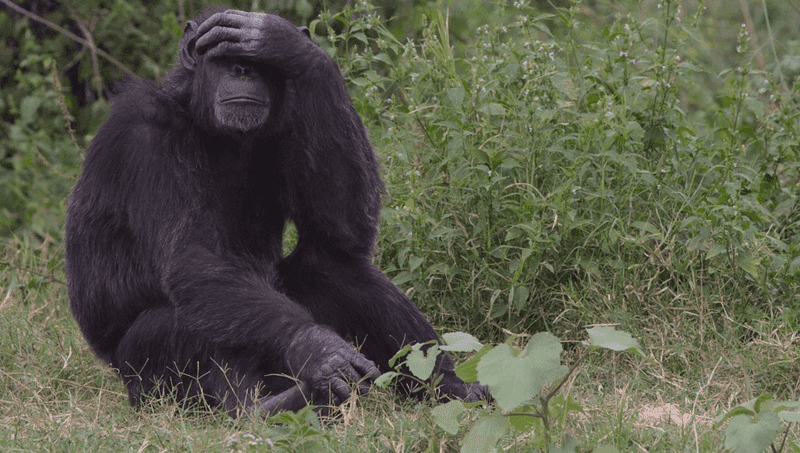
Chimpanzees actually blush when they make social mistakes. Researchers have observed them covering their faces or quickly turning away after failed attempts at tasks or social interactions, especially when being watched by others.
Young chimps show more pronounced embarrassment reactions than adults, similar to how human teenagers might be more easily mortified than grown-ups. They might hide their faces or retreat after a clumsy fall or rejected play invitation.
This sense of social awareness reveals a sophisticated understanding of social norms and expectations, suggesting chimps have a concept of how others perceive them.
3. Empathy That Heals
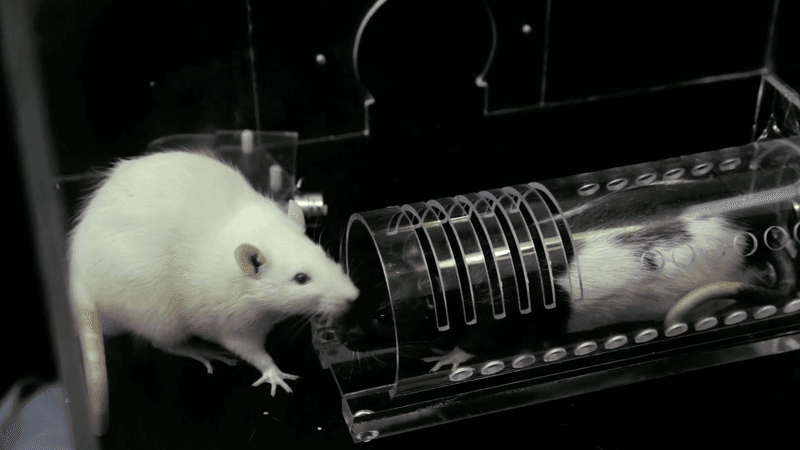
Rats will free trapped companions even when there’s no reward involved. In laboratory studies, rats consistently chose to help another rat in distress before claiming food rewards for themselves. This demonstrates a basic form of empathy previously thought unique to humans.
Even more fascinating, rats avoid actions that cause pain to other rats. When trained that pressing a lever would deliver food but also shock another rat, many rats stopped pressing the lever entirely, choosing to go hungry rather than harm another.
These findings challenge long-held beliefs about the complexity of rodent emotions and suggest that empathy has deep evolutionary roots.
4. Fairness That Demands Justice
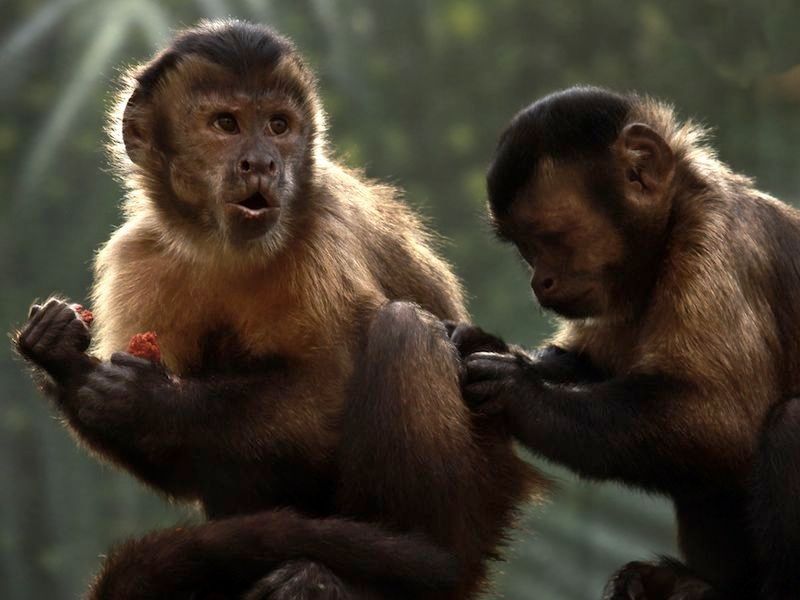
Capuchin monkeys will reject unequal pay with surprising indignation. In famous experiments, these monkeys happily performed tasks for cucumber slices until they spotted neighbors receiving grapes (a preferred treat) for the same work. The cucumber-receiving monkeys often threw their “unfair” payment back at researchers!
This reaction occurs across various species including dogs, birds, and even fish. When animals perceive inequality, they may refuse to participate further or show signs of distress and agitation.
The sense of fairness appears to be an evolutionary adaptation that promotes cooperation and group harmony, suggesting that justice isn’t a human invention but a biological imperative.
5. Romantic Love That Lasts
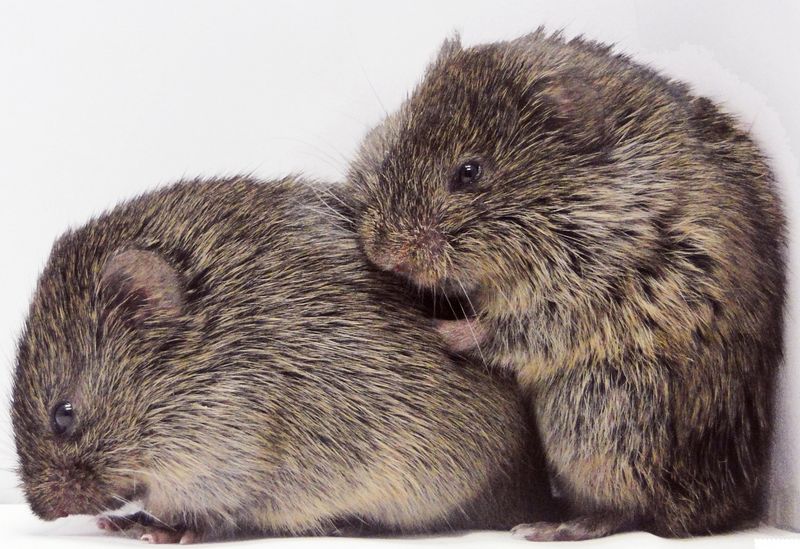
Prairie voles form lifelong bonds that mirror human romantic relationships. These small rodents release oxytocin – the same “love hormone” humans produce – when they choose a mate. Once bonded, they’ll stay together for life, raising young and showing visible distress when separated.
Male voles become fiercely protective of their partners and territory. They’ll even choose spending time with their mate over investigating new potential partners, which is unusual in the animal kingdom.
Brain scans show that bonded voles experience activation in reward centers when near their partners – essentially, they feel happiness just being together, much like humans in love.
6. Guilt That Changes Behavior

Dogs show distinctive “guilty looks” after breaking household rules, even when owners aren’t aware of the transgression. The classic guilty dog pose – lowered head, averted eyes, slinking body – appears most strongly when they’ve actually done something wrong.
Research suggests this isn’t just fear of punishment. Dogs modify their behavior based on past experiences of disappointing their humans, showing they understand social expectations and feel bad about violating them.
Similar behaviors appear in wolves with their pack members, suggesting guilt evolved as a social mechanism long before domestication. It helps maintain group harmony by signaling acknowledgment of wrongdoing.
7. Hope That Persists
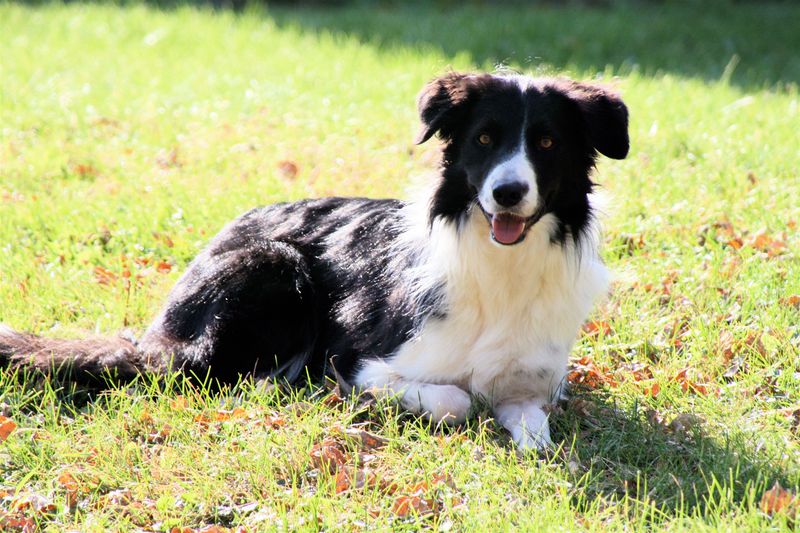
Animals in difficult situations show measurable changes when given reason to anticipate improvement. Shelter dogs who receive regular positive human interaction maintain healthier stress hormone levels than those without such interaction, even when both groups have identical living conditions.
Researchers have documented similar responses in farm animals, laboratory animals, and wildlife in rehabilitation. When given environmental enrichment and positive experiences on a regular schedule, animals begin to show anticipatory behaviors before these events.
These behaviors – increased activity, attentiveness, and decreased stress markers – strongly suggest the animals are experiencing something akin to hope, expecting positive changes in their circumstances.
8. Jealousy That Burns
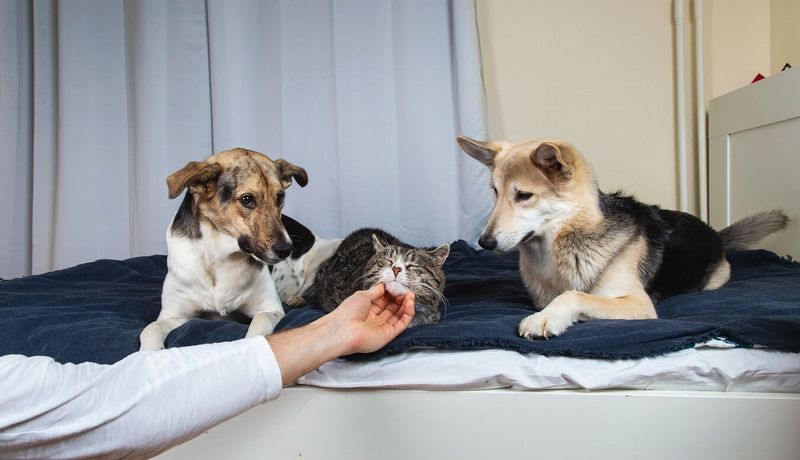
Dogs display clear signs of jealousy when their owners interact with potential rivals. Studies show that dogs will push between their owners and other dogs, trying to disrupt the interaction. They’ll even do this when owners simply show affection to toy dogs!
This emotion isn’t limited to our canine friends. Monkeys, horses, and even birds show increased aggression and attention-seeking behaviors when their bonded human or animal companion gives attention to others.
The jealous behaviors appear most strongly in animals with close social bonds, suggesting jealousy evolved as a mechanism to protect important relationships from interlopers – just as it does in humans.
9. Awe That Inspires Wonder
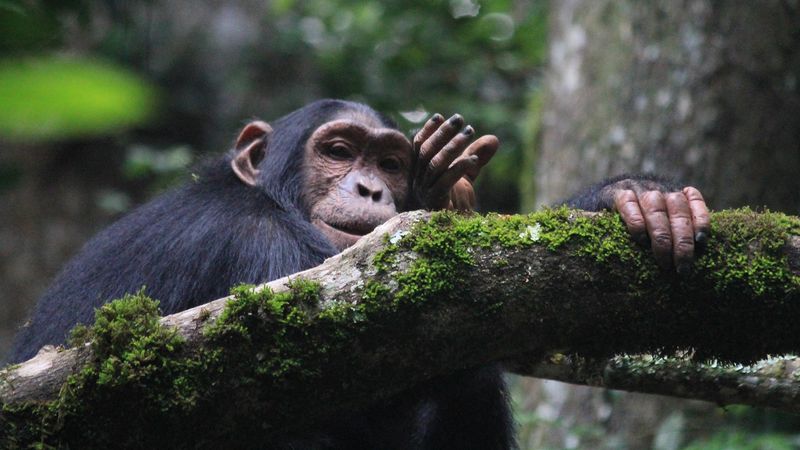
Chimpanzees have been observed displaying what appears to be awe during thunderstorms or when facing waterfalls. They’ll stop, stare, and sometimes perform rhythmic displays that have no apparent practical purpose – behaviors that look remarkably like ritualistic responses.
Similar reactions have been documented in elephants encountering the bones of their dead. They’ll become quiet and methodically touch the remains, sometimes standing silently for long periods.
These responses suggest that certain animals experience a form of wonder or reverence when confronted with powerful natural phenomena or significant events – an emotional response previously thought unique to humans with our capacity for spiritual experience.
10. Nostalgia That Transports
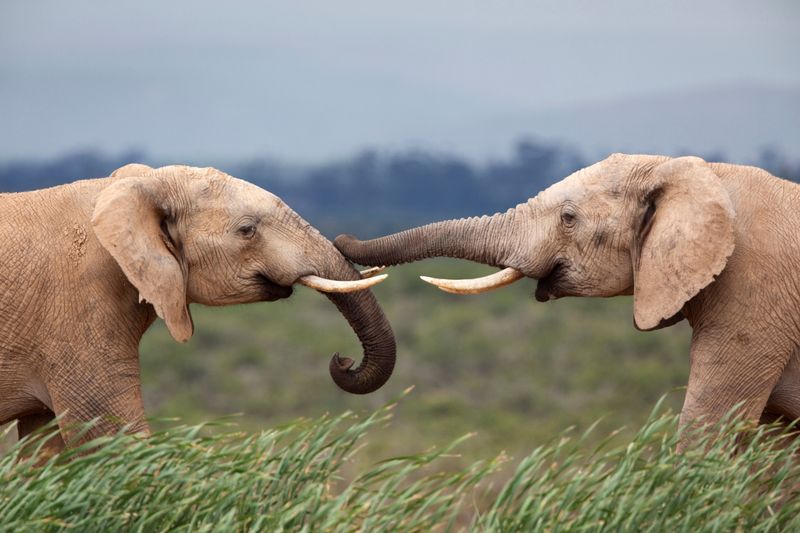
Animals show distinctive responses to environments and stimuli from their past. Elephants who hear recordings of departed herd members become excited and search for the absent friend, even years later. This suggests they maintain detailed memories tied to emotional connections.
Former laboratory chimpanzees released to sanctuaries often make the same food-calling sounds they learned decades earlier when they see their favorite treats. The calls aren’t necessary in their new environment but persist as emotional memories.
These behaviors indicate that animals don’t just remember facts but experience emotional reactions to memories – the essence of nostalgia as humans understand it.
11. Gratitude That Builds Bonds
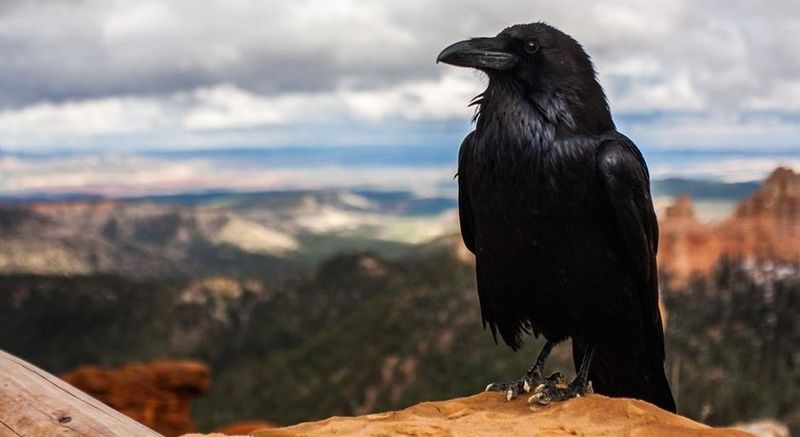
Wild ravens bring gifts to humans who regularly feed them. These offerings might include shiny objects, trinkets, or even items that seem specially selected for the human recipient. The birds show no other motivation for this behavior except what appears to be appreciation.
Dolphins rescued from entanglement in fishing nets often stay near their human helpers for extended periods afterward, sometimes performing acrobatic displays that have no survival purpose. Marine biologists interpret this as a form of thanks.
These reciprocal behaviors suggest that gratitude – the recognition of and desire to repay kindness – exists across species as a mechanism that strengthens beneficial relationships.
12. Regret That Changes Choices
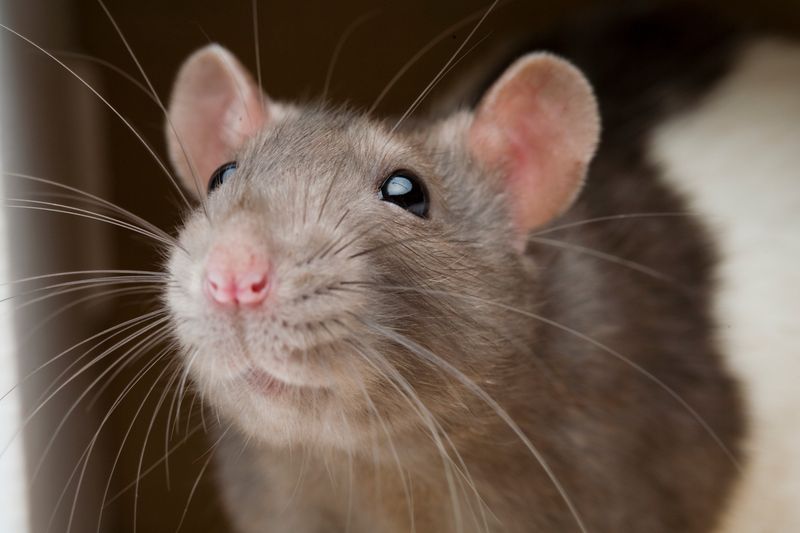
Rats show behavior consistent with regret after making poor decisions. In maze experiments, rats who chose a path leading to less preferred food would look back at the unchosen path, and their brain activity mirrored patterns seen in human regret.
More importantly, this experience changed their future decisions. Rats that showed these “regret” responses were more likely to wait patiently for better rewards in subsequent trials, suggesting they learned from their disappointment.
Similar patterns appear in primates and birds. After sub-optimal choices, these animals adjust their future behavior in ways that indicate they’re not just responding to reward and punishment but actually reflecting on what might have been.

